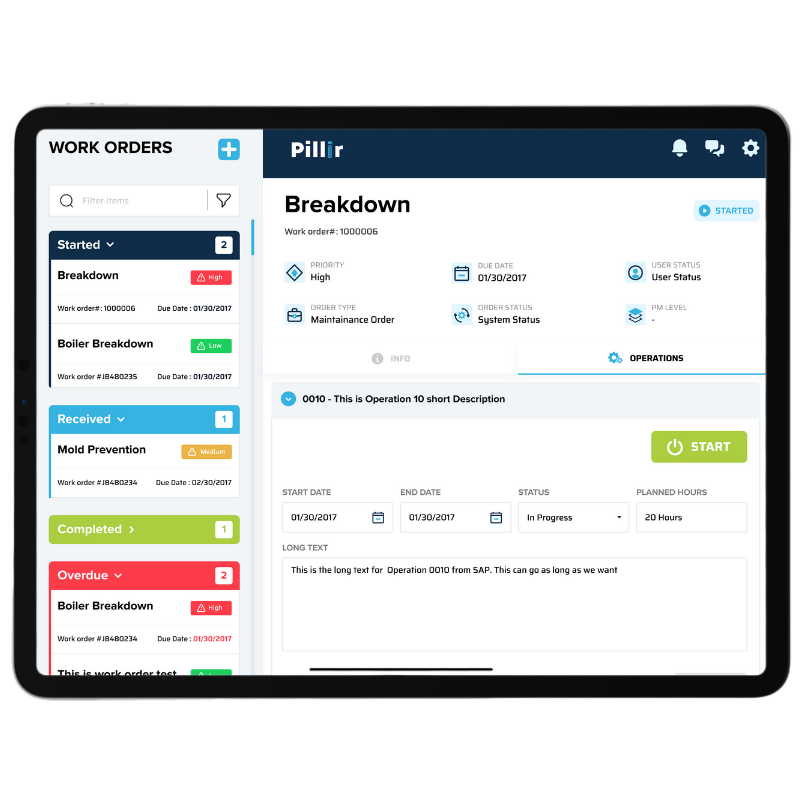Due to the many differences in the typical stakeholders involved in the implementation, use and support of SAP, there's usually never one specific perspective that dictates how to properly map business needs for SAP applications. Not only does each perspective vary greatly due to each department's unique business objectives, but also because each party involved has varying levels of experience implementing and managing the complexities of an SAP ecosystem.
There is, however, a layered approach to applying the multiple perspectives that many IT stakeholders would need to consider when mapping business needs for SAP applications. These consist of combining the primary stakeholder perspectives together to define the business solution's purpose with practical, technical and application requirements.
This may seem like a complicated approach, however, understanding the three primary perspectives of IT stakeholders will help your company take its first steps in mapping out its business needs for SAP applications.
Common IT Stakeholder Perspectives
In order to have a full-spectrum of understanding for the requirements that need to be considered for SAP applications, the following perspectives must be evaluated:
Practical Perspective
For anyone who is involved at the stakeholder level, understanding the functional or practical side of a company's business needs will answer the "what" surrounding the required solution(s). This essentially answers the question, "What exactly is this going to do for my business?".
This perspective can be hard for the non-practical stakeholder, however. This perspective provides clarity to:
- Describing and communicating the needed workflow that reflects a waterfall-like methodology. This perspective makes you ask the hard questions, such as, "What are the actual steps required to complete the business process and achieve the company's end goal?"
- Describing the properties that need to be exhibited within a workflow; identifying properties that each workflow must show and what end result will be accomplished.
- Addressing workflows from non-SAP and other technology perspectives. A practical approach doesn't technically require dependency on SAP as it shouldn't be dependent on one product's solution.
Technical Perspective
This perspective addresses the "how" part of properly mapping business needs for SAP ERP applications. It supports the practical perspective and describes how the vision and needs of the practical perspective can come to life with a technological solution. This is an extremely important part of identifying the business needs for SAP applications. In this perspective, consider the following:
- This perspective helps identify the key components required to make the practical perspective come to life. It establishes how the business needs are created and managed consistently, delivering the required achievement, availability, scalability, preservation, dexterity and manageability.
- The overall components, in terms of business applications and any other SAP ERP components, dependencies, data, requirements, infrastructure, and all other required relationships and integrations necessary to support the practical perspective.
- A high-level, technology-agnostic understanding of how technology itself enables the practical perspective.
Application Perspective
This perspective is simple, but powerful, in that it answer the "what with" question pertaining to the solution and how it will be built, the duration of the build and what will be needed for resources to build it. This perspective provides two value-added objectives:
- This perspective offers stakeholders the plan for how to deploy the SAP application.
- This perspective describes specific SAP components needs to deliver the company's practical needs from start to completion.
This perspective would typically be one held by project managers, technical implementation specialists, developers, programmers and other process owners on the application level.
The importance of your ERP - SAP or otherwise
In order to properly map business needs for any application, a solid plan should be in place BEFORE an ERP is developed or chosen. Don't put the cart before the horse by finding a solution for a problem that you haven't yet defined. The key is to identify your business needs first, and then let available ERP solutions tell you which is best for your business and which will help you achieve your goals and create applications quickly for your system.
If SAP is your existing ERP, it's crucial to find a product that aligns with your business needs and integrates with your SAP system to rapidly generate much needed applications in a cost-effective way. Considering potential requirements such as offline capability, mobility, and a scalable structure, it may be helpful to explore how EdgeReady Cloud, a rapid application development platform, can rapidly create apps in SAP.
You can also read more about the industries that have benefited from utilizing Pillir's EdgeReady Apps here.




 Back
Back/Logo%20-%20black%20text%20blue%20pillar%20(large)-1.jpg)

